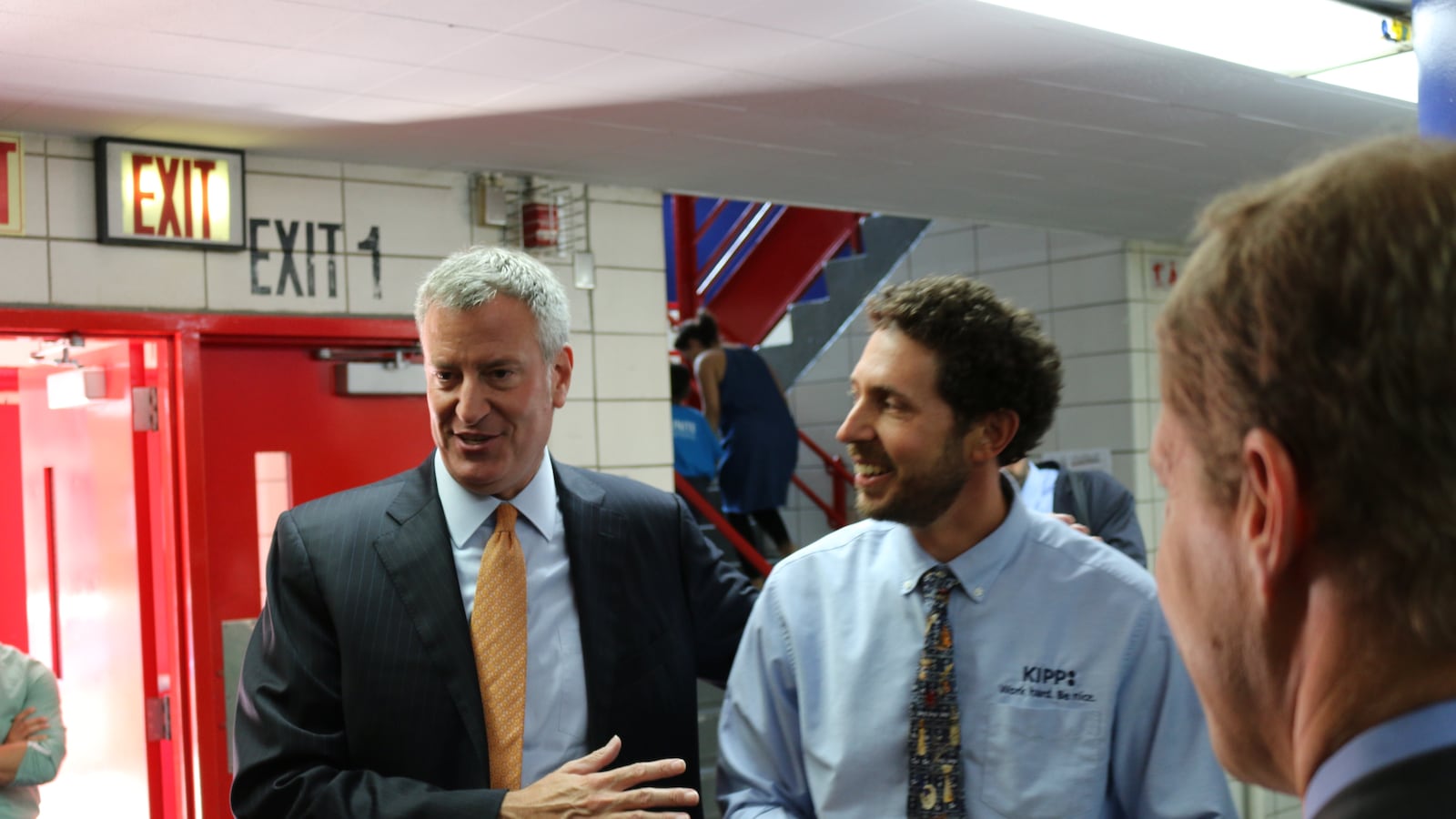As a student at Hunter College in Manhattan, Ernest Gould worked multiple jobs, but still had trouble paying for basic living expenses like books, food and transportation.
So he would skip “a lot of meals,” mostly breakfast, to help pay for things like MetroCards and school supplies. Even then, he didn’t have enough money to buy a laptop or a phone, which meant he did all of his homework in the library — often staying until late at night to finish.
“It’s just another level of anxiety that you have to deal with,” he said.
Gould is one of many college students struggling to pay for expenses beyond the school’s tuition, according to a survey of almost 3,000 former KIPP students released last week.
KIPP, a charter network with schools in New York, New Jersey and other cities, sends an average of 81 percent of its graduates to college. But, as the survey reveals, many struggle financially once they get there.
More than 40 percent of surveyed students — the majority of whom are low-income — reported missing meals so they could pay for books or other school expenses. About one-quarter of students said they are either fully or partially supporting their families while in college.
KIPP’s survey is a reminder that the cost of college extends well beyond tuition for many students. That concept is not new, but it has resurfaced in the debate over Governor Andrew Cuomo’s proposal to provide free college tuition at state colleges for all families earning less than $125,000 per year.
Cuomo’s plan was hailed as a much-needed boost for middle-class families. But it has also drawn criticism for providing little to no assistance for low-income students who are already receiving state and federal grants, but could benefit from help with other costs, such as books, food and rent.
KIPP’s co-founder David Levin is a proponent of Cuomo’s tuition plan, which he says will ease the cost burden on some former KIPP students who do not receive full financial aid at college. He also hopes it will crack open a larger conversation about the myriad financial challenges low-income college students face.
“Tuition is the gatekeeper for kids overall, so if there are increased funds that cover college tuition … there will be the ability to focus on these broader issues,” Levin said.
The survey’s findings highlight the unmet need. Nearly 60 percent of KIPP alumni reported worrying about running out of food during college. In addition, only about 30 percent said they had found jobs or internships aligned to their career aspirations.
For many, finding a job — any job — is essential because they are helping to support their families. That is especially common among students enrolled in two-year programs, the survey found: Thirty-four percent of those surveyed reported helping out occasionally and 14 percent said they fully financially support their families.
That finding gets to the heart of another provision in Cuomo’s free college tuition plan, which requires students to be enrolled full-time in order to qualify for the scholarship. Cuomo and the plan’s supporters have said that rule is meant to encourage on-time graduation since students enrolled in college full-time are more likely to earn a degree.
But others argue the plan unfairly cuts out students who have to attend school part-time to support family members. While Gould supports Cuomo’s tuition proposal, he understands how holding a job can make it tough to cram a full load of credits into one semester.
Gould has been working full-time to help support his family since his mom lost her job two years ago. His days at school frequently ended in night shifts at a Manhattan hotel. Now he ushers at Madison Square Garden.
Through it all, he’s maintained a 3.0 GPA and is on track to finish school this semester, about five and a half years after he started. That timeline would not have worked under Cuomo’s tuition plan. As currently written, students would have to average 15 credits and, except in limited circumstances, have to finish in four years.
“Honestly, 15 credits would have been impossible,” Gould said.
Levin said the stories of his students and the survey results reveal an important truth: Cuomo’s plan is a great step, but there is more to do going forward.
“I think it’s an incredible plan,” Levin said. “I think what we’ve learned, and what colleges know, is that it takes more than just tuition to get kids through.”

